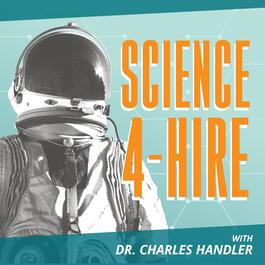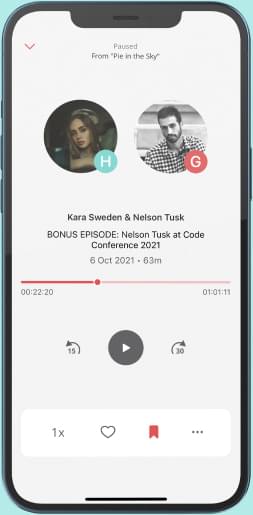
Are These 4 AI Mistakes Sabotaging Your Talent Strategy?
In our recent LinkedIn Live session my esteemed colleague, Neil Morelli, founder of Workplace Labs, and I present a philosophical but practical approach to the adoption of HR Tech tools. Check out the full video of the presentation attached to this post and our accompanying slides (found at the bottom of the post). Here is a quick overview of the ideas that form the foundation of the presentation. “The highest-level goal of the talent acquisition (TA) function is to ensure that an organization has the right people, in the right roles, at the right time, to drive business success.” -Chat GPT 4o & your hosts’ combined 50 years of experience Talent leaders are feeling the pressure to execute Modern hiring problems such as resource constraints, candidate scarcity and overload, the move to skills based hiring, and avoiding bias have talent leaders feeling the pressure to find fast solutions! Relieving these pressures often create a temptation to put tools before strategy. AI is a great example of this. The stakes are high, and AI offers a compelling solution- or does it? AI is complex and making decisions about it requires a strong foundation of knowledge and careful planning. In this presentation we discuss 4 common mistakes in the adoption of HR tech, with a focus on AI tools (are there any other types these days?). We discuss how a tools first mentality is often the root cause of these four common mistakes and offer guidance on how to avoid them. 1. Missing AI’s ‘creeping normality': As technology becomes more entrenched in your processes and vendors add new functionalities that are accessible, adoption often occurs with little oversight or consideration. When it comes to solving problems related to talent supply or overload, AI recruitment platforms are increasingly embedding “talent matching” functionalities that create risk without any substantial rewards. 2. Chasing Skills Without Definition or Direction: We can all agree that skills based hiring has merit. But it requires alignment on what a skill means to your organization and a holistic view of where they matter and why. Merely removing resumes from the evaluation process or adopting tools, AI or otherwise, that claim to support skills based hiring without a holistic strategy is a dead end street. 3. Failing to evaluate your firm’s culture and climate for adopting AI based tools: There is a maturity required for the successful adoption of AI based tools. Understanding your firm’s readiness for AI based tools, and ensuring that you are ready to go all in is essential. Education on, and knowledge of, AI across the entire organization is a big part of successful adoption. 4. Letting vendors dictate strategy and adoption: Most vendors do offer products that can have an impact, and their messages make it tempting to jump right in. Before biting on a shiny new object, adoption of any AI based tool should be pre-empted by a house made strategy. Vendors must be held to a standard evaluated by domain experts using a framework built on the principles of ethical and effective use of AI. At the end of the presentation we provide a case study that probably feels pretty relatable to any talent acquisition professional. Here we tell a story of how mistakes are made and provide insights to help create the awareness needed to avoid them. No one is perfect - but AI alone will not create perfection. Keeping things in perspective and a thoughtful and methodical process that is not driven by fear is essential to the successful adoption of AI technologies. Download our slides here This is a public episode. If you would like to discuss this with other subscribers or get access to bonus episodes, visit charleshandler.substack.com
From "Psych Tech @ Work"


Comments
Add comment Feedback